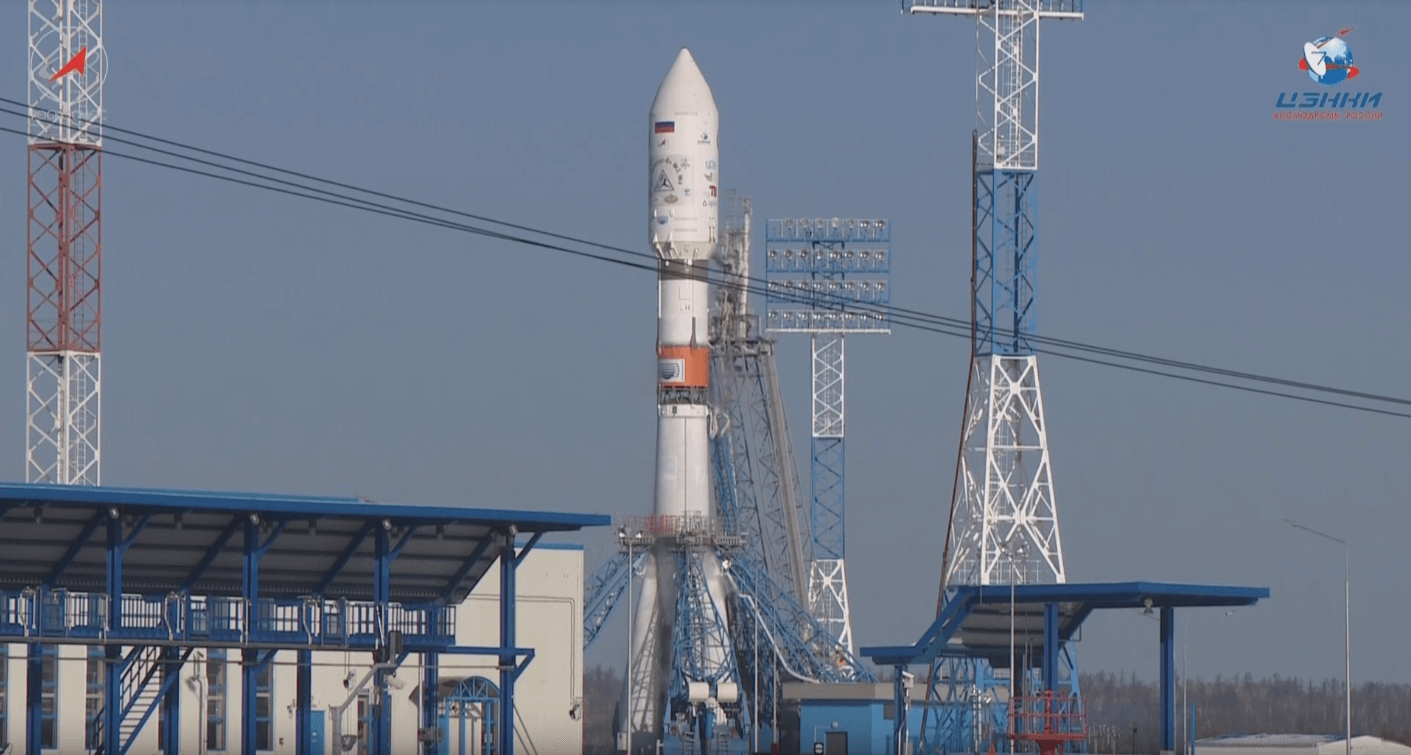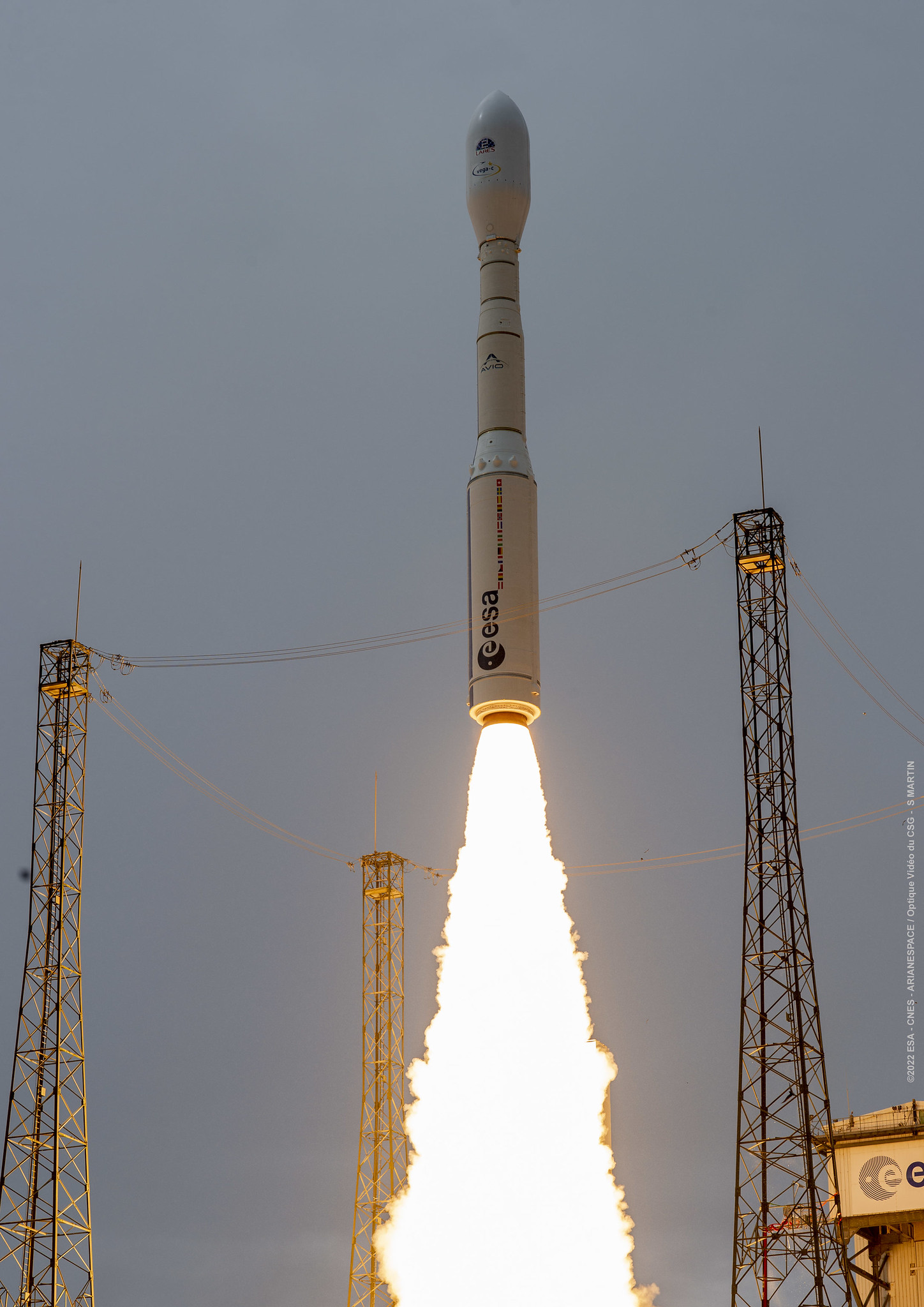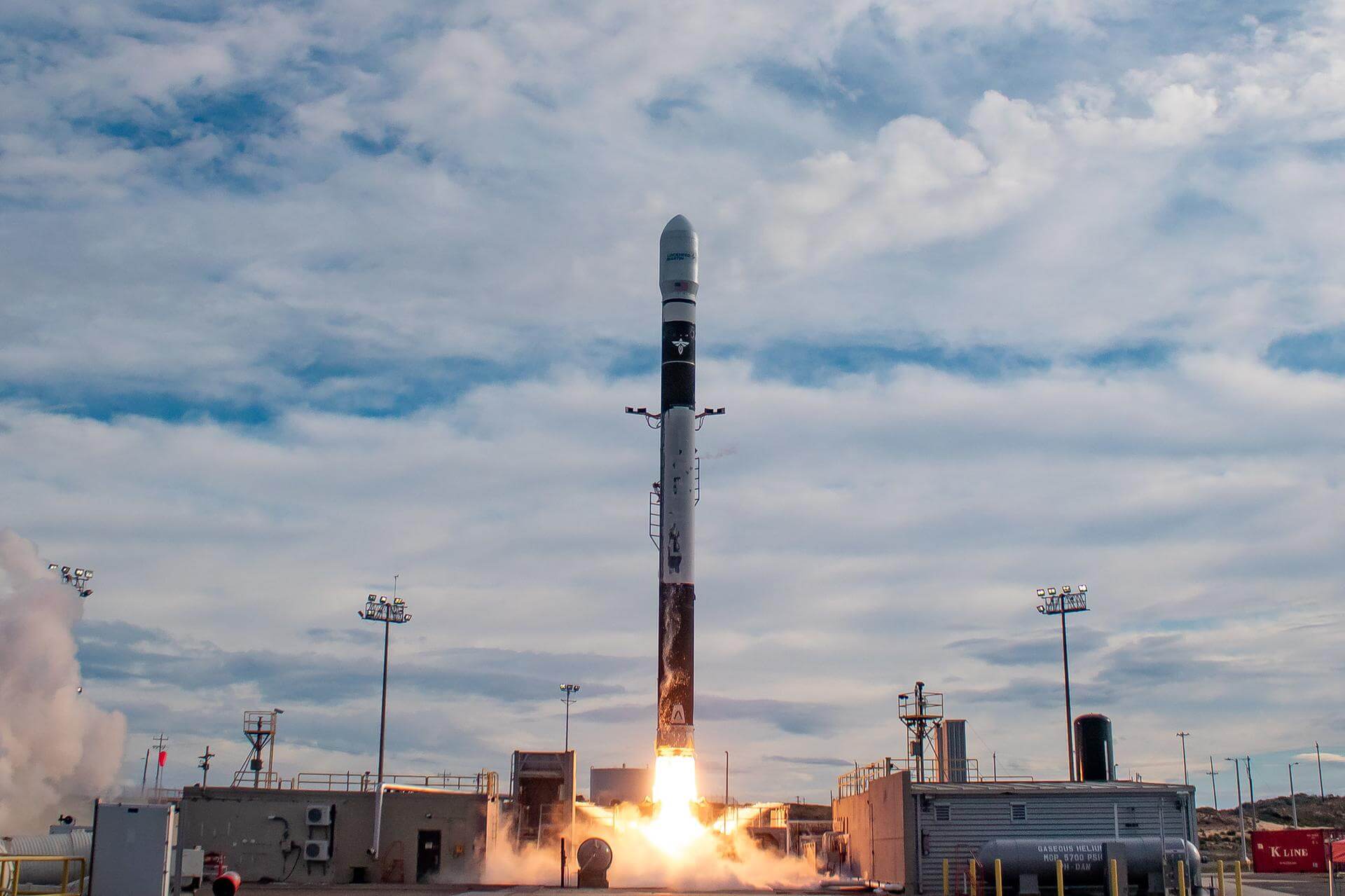· space brief · 6 min read
Space Brief 14 Jun 2025
Today's space news roundup highlights a significant defense bill passed for the Space Force, a delay in the Axiom-4 mission due to ISS issues, and major satellite deals with NATO.

📄Top Stories
In today’s space news, the U.S. House of Representatives advances a major defense bill affecting the Space Force’s budget. Meanwhile, a leak in the Russian section of the International Space Station has delayed the next SpaceX Axiom mission. Additionally, Planet Labs secures a significant deal with NATO to enhance satellite surveillance capabilities.
📰Detailed Coverage
Space Force Receives Boost with New Defense Budget
A new defense bill advancing in the House includes a $29 billion budget for the U.S. Space Force. This figure represents a significant allocation as lawmakers express frustration over budgetary delays from the White House. The bill is part of wider military funding efforts amid growing geopolitical tensions.
The enhanced budget will help bolster U.S. space military capabilities, impacting satellite operations and surveillance. This development is especially relevant for those tracking military satellites and understanding defense-related satellite deployments.
Read the full story: SpaceNews
Russian Leak Delays Axiom-4 Mission
NASA and SpaceX have been forced to postpone the Axiom-4 mission to the International Space Station due to a leak on the station’s Russian segment. This setback follows an additional one-day delay caused by a Falcon 9 booster leak detected shortly before launch.
Both events highlight the challenges of maintaining and launching missions from the ISS. For satellite trackers and space enthusiasts, these issues exemplify the intricate dependencies of international space operations. Our web app can provide updates on such orbital maneuvers and mission statuses.
Read the full story: Space Explored
Planet Labs Strengthens with NATO Contract
Planet Labs has announced a “seven-figure” agreement with NATO to provide AI-enhanced surveillance capabilities via its satellite network. This partnership underscores the increasing reliance on cutting-edge satellite technology for defense purposes amidst evolving geopolitical circumstances.
The integration of AI into surveillance satellites marks a significant technological advancement. This deal will likely influence how space assets are monitored, offering sophisticated tools for both defense contractors and security agencies worldwide.
Read the full story: Breaking Defense
Iran’s Ballistic Missile Capabilities Scrutinized
As tensions continue in the Middle East, Iran’s potential use of its ballistic missile arsenal to respond to Israeli operations is under analysis. Iranian missile sites remain a focal point, given their strategic importance and impact on regional security.
This development highlights the interconnected nature of missile and satellite surveillance systems, emphasizing the importance for countries to maintain accurate and timely intelligence from space-based platforms.
Read the full story: Breaking Defense
GE Advances Hypersonic Engine Technology
GE Aviation is accelerating its efforts to field its engines for the U.S. Army and Air Force, leveraging its work in hypersonic technology. This move will likely enhance propulsion capabilities for various military aircraft.
The intersection of aerospace engineering and defense technology offers insights into future developments in hypersonic flight, showcasing the importance of satellite data in testing and deployment phases.
Read the full story: Breaking Defense
Italian Air Force Enhances Pilot Training with M-345
The Italian Air Force has begun incorporating M-345 aircraft into its training programs, complementing existing capabilities and advancing pilot training measures. An order for 18 units supports these programs, enabling thorough preparatory phases for military aviators.
This enhancement is part of broader modernization efforts across international air forces, which could spur demand for satellite-based tracking of aircraft deployments and pilot training exercises.
Read the full story: Breaking Defense
🛰️Satellite Spotlight
- Satellite Name: COSMOS 546
- NORAD ID: 06350
- Launch Date: January 26, 1973
- Mission: Dummy satellite used for testing and development purposes.
- Orbit: Low Earth Orbit (LEO)
- Operator: OKB10
- Fun Fact: COSMOS 546 was part of a series of Soviet satellites designed primarily for testing and validation of equipment before deploying operational satellites.
Track this satellite in real-time on our web app: Track COSMOS 546
🌌Space Weather
Space weather conditions are currently quiet.
R0 - S0 - G0
Next 24 Hours: The next 24 hours show no risk of radio blackouts or solar radiation storms. However, we are anticipating moderate geomagnetic activity, with G1-G2 (Minor-Moderate) geomagnetic storms forecasted due to the influences of a Coronal Mass Ejection (CME) and Coronal Hole High-Speed Stream (CH HSS) on June 14. Periods of G1 (Minor) storming are likely on June 15-16, thanks to continued CH HSS influences. While there is no significant active region activity that might lead to solar radiation storms, there is a potential for R1-R2 (Minor-Moderate) radio blackouts from June 14-16. Satellite operators should remain vigilant as these conditions could intermittently affect satellite communications and navigational systems.
Beyond: Looking ahead, from June 9 to July 5, 2025, solar activity is expected to maintain a chance for R1-R2 (Minor-Moderate) conditions. This is attributed to various active regions on the Sun’s visible disk and several regions returning from the farside. Fortunately, no proton events are anticipated at geosynchronous orbit, but the greater than 2 MeV electron flux is expected to reach high levels on June 15-22, June 26-29, and July 2-4, linked to recurrent coronal hole influences. Furthermore, geomagnetic activity is projected to be elevated due to recurrent coronal holes and CME influences. We can expect G1 (Minor) geomagnetic storms on June 9 and June 13, with G2 (Moderate) effects likely on June 14-15. This elevated geomagnetic activity could impact satellite operations and increase atmospheric drag on Low Earth Orbit (LEO) satellites, necessitating adjustments for optimal performance. The latter portion of the outlook period should see quieter to unsettled conditions, which may offer some relief for satellite communications and operations.
🚀Upcoming Space Launches
June 16
- United Launch Alliance Atlas V 551:
- Project Kuiper (KA-02) from Cape Canaveral Space Force Station (17:25 UTC) Project Kuiper is a satellite mega-constellation aimed at providing broadband internet access, managed by Kuiper Systems LLC, a subsidiary of Amazon.
June 17
- SpaceX Falcon 9 Block 5:
- Starlink Group 15-9 from Vandenberg Space Force Base (00:51 UTC) A batch of satellites for SpaceX’s Starlink project, a space-based Internet communication system.
June 18
- SpaceX Falcon 9 Block 5:
- Starlink Group 10-18 from Cape Canaveral Space Force Station (05:38 UTC) A batch of satellites for SpaceX’s Starlink mega-constellation project.
June 19
- Russian Space Forces Angara A5/Briz-M:
- Kosmos (Unknown Payload) from Plesetsk Cosmodrome (03:00 UTC) Unidentified payload for the Russian military.
- SpaceX Falcon 9 Block 5:
- Axiom Space Mission 4 from Kennedy Space Center (08:45 UTC) This is a Crew Dragon flight by Axiom Space, carrying a professionally trained commander and three private astronauts to the International Space Station for at least an eight-day stay.
June 20
- SpaceX Falcon 9 Block 5:
- Starlink Group 10-23 from Cape Canaveral Space Force Station (06:32 UTC) Another batch of satellites for the Starlink mega-constellation.
- China Aerospace Science and Technology Corporation Long March 3B/E:
- Unknown Payload from Xichang Satellite Launch Center (12:27 UTC) Details of the mission are to be determined.
- SpaceX Falcon 9 Block 5:
- Transporter 14 (Dedicated SSO Rideshare) from Vandenberg Space Force Base (21:19 UTC) A dedicated rideshare mission delivering multiple small microsatellites and nanosatellites to a sun-synchronous orbit.
Note: Launch dates and times are subject to change due to technical or weather considerations.

Maurice Stellarski





